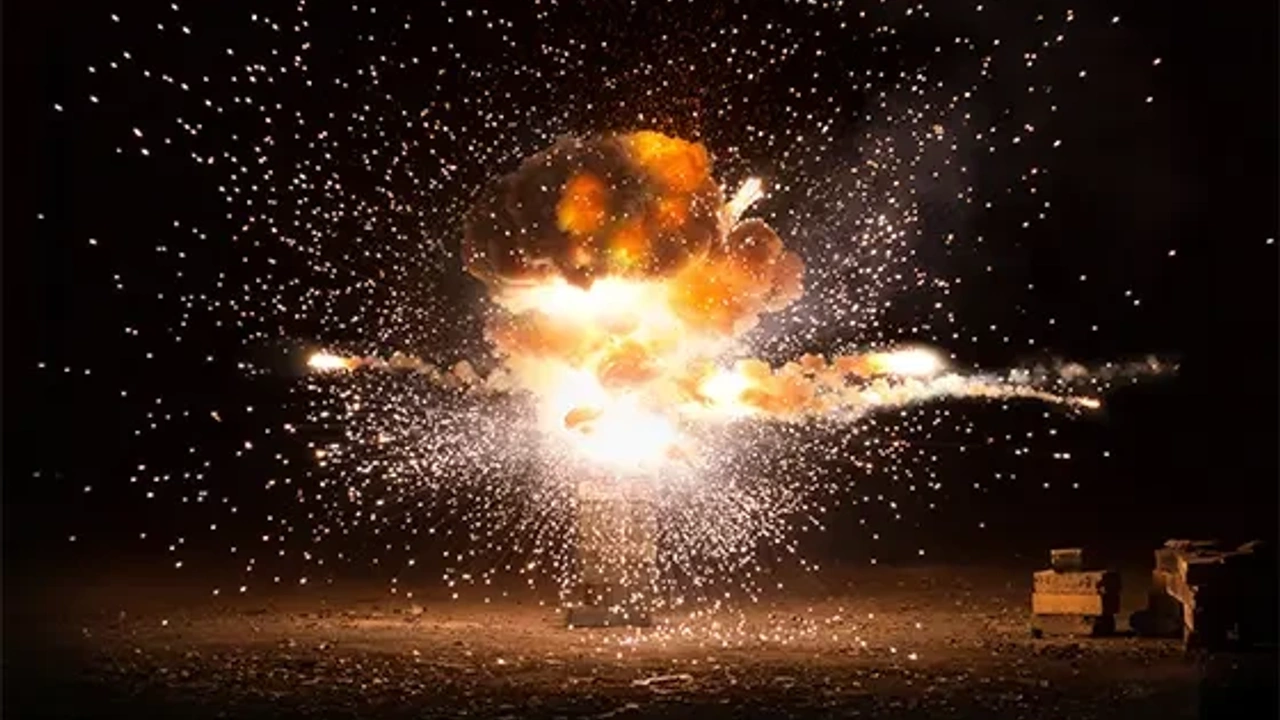COMBUSTIBLE DUST
Mar 09, 2022
Feeling Dusty?
A brewery has many hazards, but not many appreciate the potentially explosive conditions that could be created with the handling of the raw materials.
How Combustible Dust is Created
Typically, combustible dust is created when milling, crushing grain or transferring grain and malt used as a key input to the brewing process. In small breweries, the quantities used are unlikely to cause explosive conditions, however if you are operating in a confined area and your housekeeping isn’t up to scratch then its possible dust in the right concentration could cause some serious issues if an ignition source is introduced. To get a perspective on the consequences, just look at this US brewery incident that unfolded in 2020.
This dust can gather in plain sight, but also in places where it may not be detected easily. Proper housekeeping routines are essential to manage dust build up.
It is also important to make sure that you effectively manage the risk of dust explosions from ignition sources such as; hot work (welding) or sparks created by electrical equipment.

DO'S
Wet it - One of the safest methods of cleaning up dust is simply wetting it, to then wiping up the wet material and disposing of it properly.
Vacuum - If dust is to be cleaned up in a dry state, then vacuuming is best, provided the vacuum system or cleaner is designed to suit combustible dust.
DON'TS
Compressed Air - Avoid using compressed air, as this just moves the dust from one place to another.
It is also important to know that the finer the dust the more likely it is to form a cloud and increase the risk of a dust explosion. If you hold significant volumes and you are milling on site then there are compliance obligations relating to hazardous area zoning and electrical apparatus. The relevant standards are the Australian wiring rules AS3000 and the hazardous areas series, AS60079.
Visit our website, or reach out to Libby Morris on +61 448 759 700 to find out more on how we work with reducing the risks of combustible dust and dust explosions.

